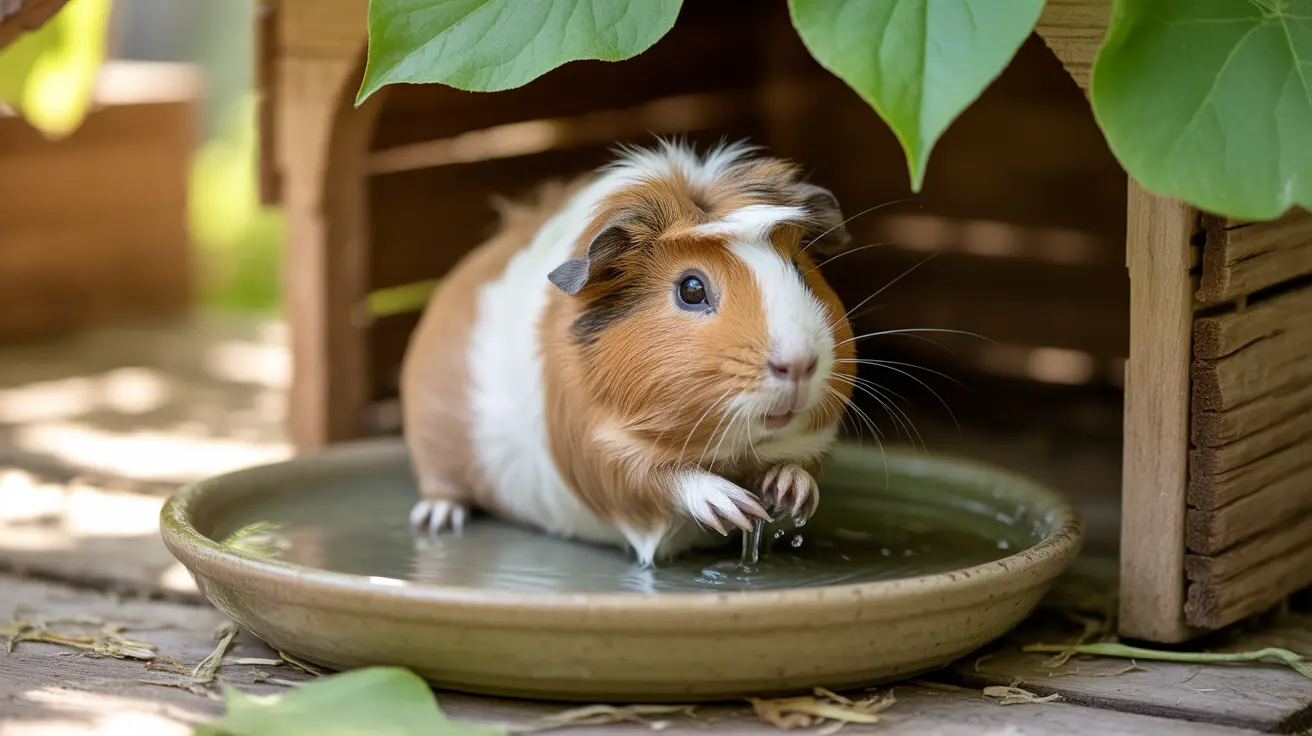How to Choose the Right Dog Harness for Your Pet
Choosing the right harness for your dog is more than just a style decision—it's about ensuring their comfort, safety, and your control. With a vast array of harness types, materials, and sizes available, selecting the appropriate harness can feel overwhelming. This guide will walk you through all the essential considerations to help you make an informed decision.
Why Use a Harness Instead of a Collar?
While collars are commonly used for dogs, harnesses offer several key benefits:
- Improved control over pulling.
- Reduced strain on the dog’s neck and spine.
- Better suited for training puppies or active dogs.
- Can prevent slipping out for dogs with small heads or thick necks.
1. Understand the Types of Dog Harnesses
There are several common types of harnesses, each suited to different needs:
- Back-clip harness: Great for calm dogs and general walking.
- Front-clip harness: Ideal for training and discouraging pulling.
- Dual-clip harness: Offers versatility with both front and back attachment points.
- Step-in harness: Suitable for dogs that dislike things going over their head.
- Vest-style harness: Provides comfort and even weight distribution.
- No-pull harness: Designed to discourage pulling and improve handling.
2. Measure Your Dog Carefully
Every harness manufacturer may have different size guidelines. To get the right fit:
- Measure around the neck and chest.
- Check the fit with the “two-finger rule”: You should be able to slip two fingers under the strap comfortably.
- Consider your dog's weight and breed for reference.
3. Consider Material and Durability
Harnesses come in materials such as nylon, polyester, mesh, and even leather:
- Nylon: Lightweight, durable, and affordable. Great for most dogs.
- Mesh: Breathable, perfect for warmer climates.
- Leather: Stylish and durable but can be heavy or costly.
- Padding: Offers extra comfort, especially for long walks.
4. Harness Features to Look For
When selecting a harness, consider these helpful features:
- Adjustable straps for a customized fit.
- Reflective elements for nighttime visibility.
- Sturdy metal clips for durability.
- Handle on top for extra control or helping your dog over obstacles.
5. Match the Harness to Your Dog's Behavior and Needs
Dogs vary in temperament and walking habits, so tailor your choice accordingly:
- If your dog pulls: Opt for a no-pull or front-clip harness.
- For hiking or outdoor use: Consider a harness with a handle and padded support.
- For senior or recovering dogs: Use a supportive or lifting harness.
6. Take Time for Adjustment and Training
Once you’ve selected a harness:
- Let your dog sniff and get familiar with it.
- Practice putting it on and rewarding your dog.
- Gradually introduce walks to build positive associations.
7. Replace When Necessary
Like any pet accessory, harnesses wear out over time. Replace if you notice:
- Frayed straps.
- Broken buckles or clips.
- Changes in your dog’s size or needs.
Summary
The right dog harness depends on many factors, including your dog’s size, activity level, and behavior. A good harness improves safety, control, and your overall walking experience. Take the time to measure, compare options, and choose quality over price for long-term satisfaction.





